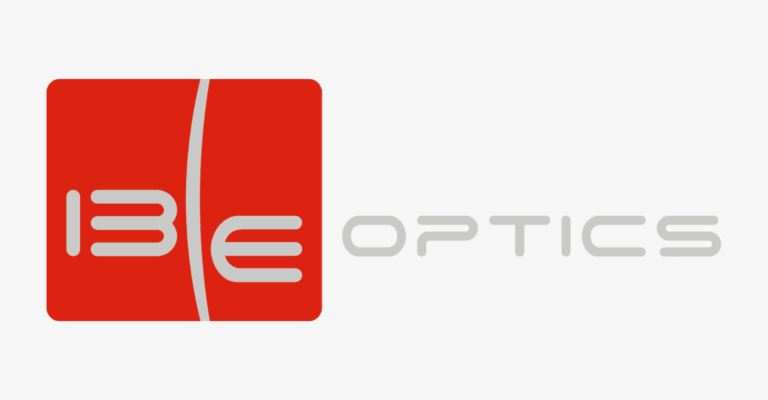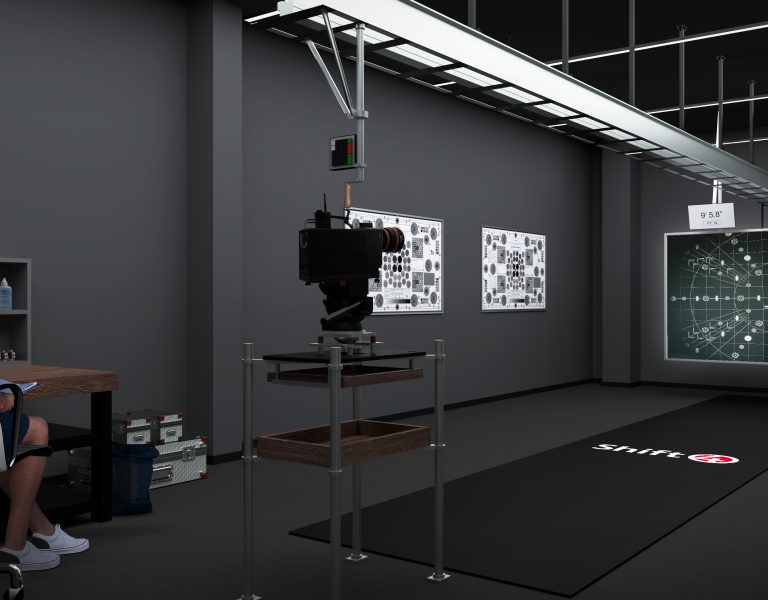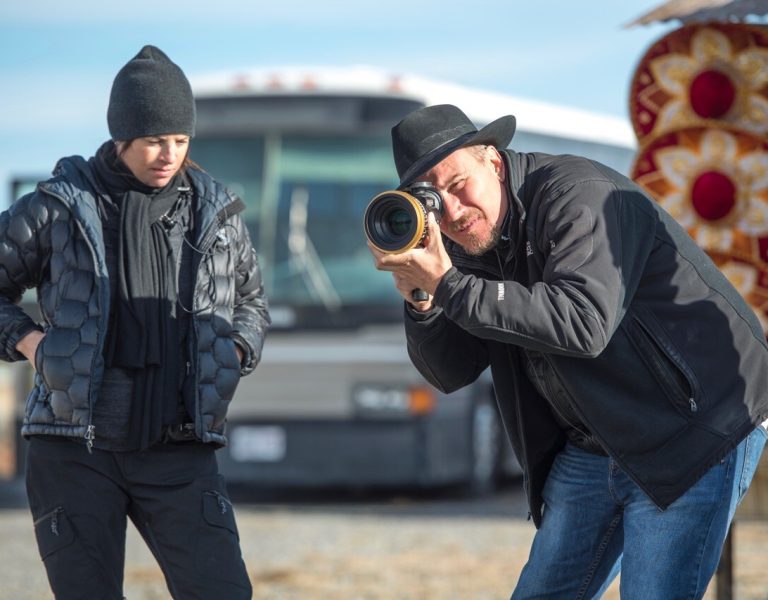Optical design is the philosophy of IB/E Optics, who share an insight into their rich collaboration with TRIBE7.
During the early days of its existence, IB/E Optics was responsible for a lot of industrial lenses and creating heads up displays for BMW and Audi. A dream come true for Klaus Eckerl, IB/E Optics’ CEO, was when cinematographer Bradford Young ASC and motion picture camera and lens technologist Neil Fanthom wanted to create a new line of lenses for their newly formed company TRIBE7.
“You talk to an engineer who gives you detailed specs saying that long, thick, and colour with numbers,” observes Klaus Eckerl. “The challenge with talking to a DP like Bradford Young is they want something special and tell it an artistic way. Our job is to move that artistic vision into a technical process.”
Algorithms have to be figured out that produce the desired artistic outcome and technical specifications. “We can have an artistic demand for a richer bokeh and on the other hand they want high resolution,” states Uwe Eckerl, head of development, Optical & Software Design, IB/E Optics. “The requests can contradict each other so you have to know what is really meant when they say something.”

Young and Fanthom wanted to apply modern technology in way that benefited storytelling rather than produce a clinically perfect image. “Bradford and I saw an opportunity to vector the lens industry in a creative direction, by capturing the aesthetic properties of lenses originating from the 1950s to 1970s within an entirely new range of lenses,” states Neil Fanthom. “We wanted those lenses to be technician tuneable so each would have its own personality, but follow a reversible process to make sure that they could always be returned to their manufactured state when needed. Trying to achieve this using rehoused optics would have been impossible because we needed to have control of the glass prescription, coating technology and opto-mechanical processes to be able to create a modular design which could operate in the way we’d imagined. We saw IB/E as a company who could help, because they had all the puzzle parts needed to create that modular lens design.”
The idea was to have a perfect tuneable lens that allows for components such as the iris, lenses, and spacers to be easily replaced, a special coating that enables controlled light transmission and flaring, and a colour science that emulates vintage lenses but with more control. The end result was the spherical lens series BLACKWING7. “You can separate the aberrations between the good and bad ones,” states Uwe. “The problem is assembling and disassembling the lens on set or a rental that has no experience how to do that tuning. We started do service training in New York City and Los Angeles on how to setup and tune as it’s not simple to interchange everything in a lens.”

Magic number
Seven is the defining number for TRIBE7 and its BLACKWING7 series. “The focal range is something that simply happens. You have a certain field angle that needs to be covered so we’ll have a 17mm for a super wide angle with a field range of 100 degrees,” remarks Klaus. “Then it comes down to a longer focal length which for TRIBE7 is the 137mm. We have at least 10 lenses with all of them ending with a seven. Seven is the lucky number for both Brad and Neil. The focal length has been increased by adding 20.7mm and 23.7 mm in the wider lenses. ‘‘BLACKWING7 has evolved into a range of multi-format lenses,” states Fanthom, ‘‘suitable for Super35, Vista Vision [full frame 35] and even the 65mm format since our lenses cover that large format imaging area too.”
BLACKWING7 lenses illuminate a minimum image circle of 55mm on the focal plane. “The big sensor has an advantage in that you’re not magnifying the image that much and with the bigger image you always have the chance to cut out your final frame,” notes Klaus. There is also the matter of the depth of field being shallower. “This is what makes it more artistic and a lot of scenes nicer. If you take a picture with an iPhone everything is sharp because you have super small sensors which have an unbelievable depth of field, which is something that DPs don’t want to have. You want to be able to select the important things like separating the foreground from the background.”

The aperture goes from T1.9 to T22. “The TRIBE7 lenses have a high exposure for the big sensors because if you combine a big sensor with a stop of 1.9 it is similar to a Super 35 lens with a stop of 1.3,” remarks Klaus. “The lenses are being refined further.”
‘‘The fine tuning these days relates to advancing lens coating technology and opto-mechanical design work to provide more variation in contrast and flare colorimetry,” explains Fanthom. ‘‘Though our SKIN program, replacement front elements can be added to BLACKWING7 lenses. This can move the optical look to a warmer or cooler direction, for example simulating lens designs from the 1970s which used radioactive thorium to create a warm look to the image. We’re able to do that these days but without any radioactive materials, of course!”

Raptor range
IB/E Optics also has reputation for creating and manufacturing Raptor macro cine lenses that include the 60mm, 100mm, 150mm and 180mm with a 50mm coming in 2023. “The Raptor lenses were an idea that I always had because when I took photos in my younger years the workhorse of a lens system is a real macro lens with a minimum of 1:1 magnification,” states Klaus. “We have the only macro set for cine purposes. You’re not going to have the sales numbers of a regular prime lens but It’s something that will have a long lifetime will sell for years because there is a niche market.”
Certain elements are important to macro lenses. “Macro lenses are another world and have to have 1:1 magnification, be sharp, clear, precise and no distortion,” observes Uwe. “Nobody is asking for flares. It’s more technical.” The Raptors covers everything from full frame to VistaVision. “When I brought out the macros everybody asked, ‘Why did you design them for a full frame rather than for Super 35?’ Then we designed the Velociter x0.8 converter that you can put in the back of the macro lens, so you shift immediately from the full frame down to Super 35 and get 1 stop more light!”
IB/E Optics is proud of being in business for over three decades and being able to make a successful transition to cine lenses in 2006. “Because of the big projects that we did such as TRIBE7 and Angénieux,” explains Uwe, “where you have to produce that many lenses, there is a lot of technology behind them in measuring things and making sure that the quality is stable.” The business model is unique. “There are not too many companies out there that can do what we do,” believes Klaus. “We are not buying an existing lens, rehousing it and then that’s our lens. Our philosophy is doing the full design process and producing it. We are happy to get the chance to work with TRIBE7. It’s a matter of marketing and getting it sold. Bradford Young, Neil Fanthom, and the people around them made it happen. We have parallel projects that compete with each other because they’re in the same field like the Angénieux Optimo Prime. My job is making lenses and people come to us because we know what we’re doing.”

–
Words: Trevor Hogg




























